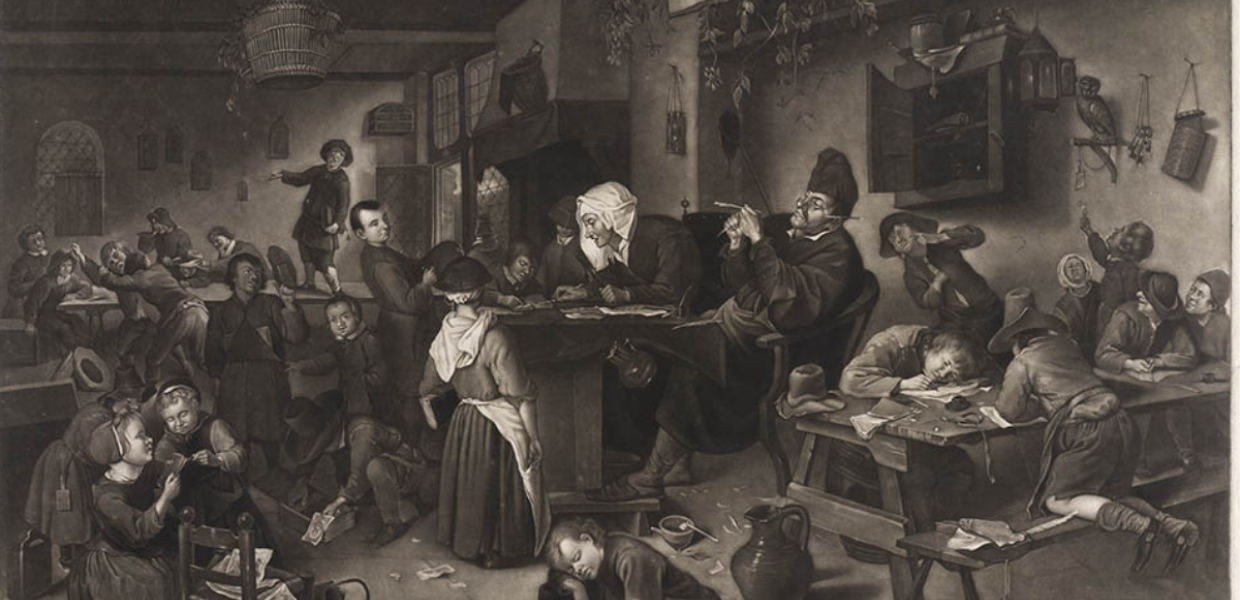Making your collections fit for education - a case study from EuroClio
EuroClio, the European Association of History Educators, has recently produced a case study providing insights into the use of online collections for and by educators. In this post, we take a look at some of the key findings, which aim to help cultural heritage institutions understand how to make their content more accessible for education.
COVID-19, cultural heritage and education
The COVID-19 crisis has disrupted many of our old habits, and the cultural and the education sectors face unprecedented challenges. From having to close down physical spaces to reaching audiences online, these sectors have had to make quick steps towards digital transformation at a time when the potential and need for digital cultural heritage in education might never have been greater.
A lot of work has already been done to provide access to digital collections for use in education (take a look at Europeana Classroom). Yet in spite of this, or more likely because of it, there is still more that can be done to make online collections fit for education.
Fit for Education case study
To encourage cooperation between people working in the fields of education and cultural heritage, EuroClio has produced a case study providing insights into the use of online collections for and by educators. The case study is based on work done by EuroClio, historians and history educators from its network, who have worked to find and present over 1,000 sources from Europeana in more than 60 source collections, available at Historiana, EuroClio’s online platform.
The case study aims to help cultural heritage institutions understand what educators look for while searching online collections, and how to make their content more accessible for education. These insights can help suggest the order in which pieces from collections can be digitised and help institutes think about reducing barriers to access.
Key findings
The case study found that in order to use digitised heritage in practice, educators need relevant sources as well as clear and detailed information about these sources and their copyright. After all, a choice to use a source can be determined by these two factors. But how can cultural heritage institutions meet these demands and provide this information to educators in the most straightforward way possible?
Relevant sources
While the possibility for teachers to explore individually chosen subjects varies, most are constrained by a (national) curriculum. This means that teachers and educators are likely to browse online collections with a specific idea of what they are looking for. In addition, teachers will often lack the time to fully explore a collection, or may not be aware of what sources are available.
To help them in this process, cultural heritage institutions can start by researching relevant educational curriculums and ensuring that an online collection offers sources that relate to the them (without this leading to a limitation on the broader collections). A good strategy may be to curate your content according to broader themes and topics so that teachers can immediately browse all your content related to the Cold War, for instance, in one click.
Clear and detailed information about the source
Once teachers have identified sources that may be relevant to their classroom, to be able to fully exploit a source, they need to have a certain amount of information about the source available, such as the date of creation, the author and the purpose of the source. Indeed, a source can have different meanings depending on the context, time, author. As such, if the information relating to the source is as precise as possible, the teachers will know better how to use it. A good strategy to help them may be to think about the order in which you present information in descriptions.
Reuse possibilities for education
To ensure that teachers can use your source, they need to know that it is available for reuse, at least for educational purposes. Indeed, there is a copyright statement, In Copyright – Educational Use Permitted, which informs people that the work is protected, but also allows explicitly for educational use. In cases where cultural institutes do not or cannot opt for open licenses, 'In Copyright – Educational Use Permitted', is a good alternative. As well as ensuring the information is clear, institutions can consider providing a contact link in case teachers have more specific questions.
‘Good enough’ quality for digitisation
The quality of digitised sources often varies. For commercial use, it is very important that the quality is very high. For education however, the criterias can be different. Consider a source containing a text and an image where the text has the most educational value. In this case, the source can still be used by educators if at least the text is readable when enlarged, or an institution provides the transcript or translation of the text in the description. That way, the most important part of the source is still accessible to the educator and their students and can be used in education.
Find more details and further insights by reading the full case study through the link below.


